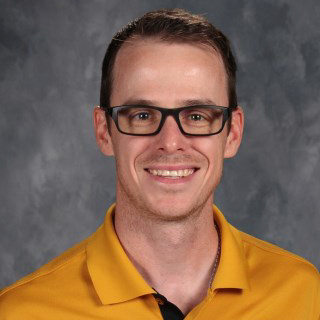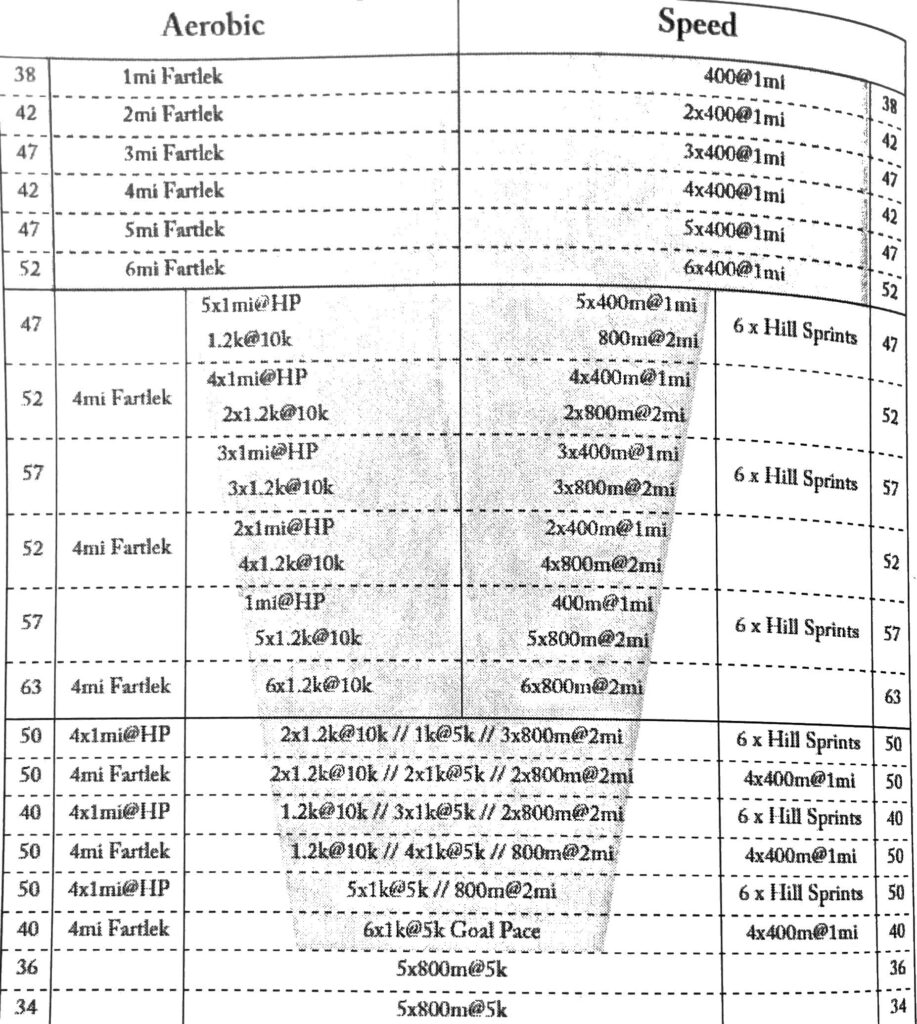This weeks article isn’t about some academic or coach that inspired me early in my coaching career but a coach that I’ve only discovered this year. Sean P. O’Connor was the Boys Head Coach for Lafayette High School, MO and he wrote his book Distance Training Simplified. O’Connor or Coach OC as his athletes call him doesn’t prescribe to the traditional periodisation concepts. Now I don’t use Coach OC’s methodology with my athletes, nor will I but his concept hold’s merit in certain circumstances (that don’t fit with my athletes). I’m including his concept or methodology in this series because I like his concept and believe in it (for a specific demographic).
This is the next instalment in my series about Periodisation (English spelling with an ‘s’, American spelling is traditionally with a ‘z’) and the methodologies from coaches that guided my early philosophies around periodisation of training seasons and event build ups. Have a read of last weeks article about Dick Hannula and what he recommends from in Coaching Swimming Successfully and The Swim Coaching Bible.:
Coach OC has built his methodology over a number of seasons, using it to great success with his high school Cross Country and track team.
Coach OC splits his seasons into three roughly equal portions. For two seasons in a year, he would run through each phase twice, once for Cross Country season and once for Track season.
He refers to his methodology as The Funnel but denies it was his idea and credits first hearing about it from Steve Magness who further credits Renato Canova. The funnel starts with a wide mouth at the start of the season with speed sessions at race pace for events a couple of distances shorter and a couple of distances longer than the focus race distance. For example if you are training for a 5km event the start of the season or funnel will have sessions targeting ½ marathon (10km being one race distance longer with the ½ marathon the next distance up) and 1 mile (with the 2 mile being being the intermediate step at this point of the season).
As the funnel narrows the next phase of training sees sessions targeting events one distance above and below race distance. Using the 5km example above sessions now target speed specific to 10km and 2 mile.
The final part of the funnel narrows to target the planned race distance. Using the example above, this is when specific 5km speed is targeted.
Early (Experimental) Season
This is the first third of the season where there is the opportunity for athletes to experiment with different styles of races over varying distances. Coach OC would cycle his athletes through events from 400m to 2 mile/3,200m.
Middle (Mastery) Season
This is the middle third of the season. In this phase of the season the athlete now has the chance to focus on their race distance and the style of racing that best suits them.
Championship (Compete) Season
This is the final phase of the season when the athletes race-craft should be honed, with a range of race tactics at their disposal.
Creating a Training Plan
Coach OC starts his planning by laying out the season and splitting it into the thirds, one line for each week.
In the final phase of training he’ll put the weekly mileage he is wanting his athletes to do for maintenance. This is typically 50 miles per week. He’ll put this in the first two weeks of the phase and then reduce the mileage by 20% to 40 miles for the third week. These values will repeat through to the end of the phase.
The last week of the second phase will be the largest mileage of the programme. To determine this value Coach OC will divide the maintenance value by 0.8. If they are trying to maintain 50 miles per week this will be 62.5 miles. The first two-thirds of the season will slowly progress and develop to this point 10% at a time.
Coach OC will continue taking 10% off the previous weeks volume in a fashion that builds for three weeks and then and then drops back to the middle value and then builds for a further two weeks and then drops back again. See the example on the right.
Next stage of the planning process is planning a progression for appropriate workouts to fit with the goal of the phase of the season. In the example below Coach OC has planned out fitting workouts and then progresses them to be more challenging from one week to the next.
After Coach OC has planned in the workouts, he then plans in the maintenance workouts as can be seen in the example to the left.
This is the entire season planned out in concept. As with the best laid plans they are usually a starting point for future modifications.
It’s important that any training plan is adaptable to the needs of the athlete as things develop and change for them.
Why Do I Like This Methodology?
I really like this methodology because it develops a range of pace and intensity options. This is great for building an all around athlete who is capable across a range of distances.
It develops speed early in the season which can bring on fitness quickly in an athlete.
As with traditional periodisation models they move from more general to more specific. The Funnel method follows this concept by becoming more specific as you work your way through to the key race(s) of the season.
Why Won’t I Use The Funnel Method With My Athletes?
The funnel method is very fitting and well suited to High School or University athletes who have a long season building to key races of the season. They are likely to be preparing for a range of events over a period of time.
The typical athletes I coach are training for a single event, or a number of events spread over a period of time (effectively distinct seasons). They are also training for a longer event (Ironman, Marathon or Ultramarathon typically) at the end of their build up. My athletes also train independently rather than in a squad environment like most US High School programmes are.
For my athletes doing longer endurance orientated events the traditional periodisation approach is more effective. If I was training a squad of High School athletes or a group of athletes competing in a variety of events at meets I would be very excited to utilise the funnel method with my athletes and experiment with the programming.
Summary
Coach OC has effectively utilised the funnel method of periodisation to build an overall concept for his season based on the needs of his athletes. He develops his programmes for the entire season, building and preparing his athletes with the workouts becoming more specific as the season progresses.
As the title implies, Distance Training Simplified is a simple method to organize distance training. There are no “tricks”, “gimmicks” or “super secret workouts” just simple concepts and progressions to help you create or rethink workouts for your athletes to get faster in any event from the 800m to the marathon.In addition to training concepts, you will also find some true stories which will make you laugh, cry and highlights what makes distance running so special.



